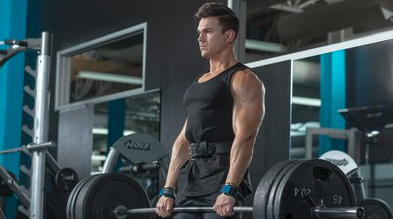Tokyo – Is Always on the Move

Laurence Grigorov, who is director of a South African based residential property development firm, enjoys traveling both in South Africa as well as globally but he has yet to travel extensively around Asia. Laurence Grigorov has been has been interested in traveling to Tokyo and Japan to experience the different culture that country has to offer.
Yoking past and future, Tokyo dazzles with its traditional culture and passion for everything new.
More than any one sight, it’s the city itself that enchants visitors. It’s a sprawling, organic thing, stretching as far as the eye can see. Always changing, and with a diverse collection of neighborhoods, no two experiences of the city are ever the same. Some neighborhoods feel like a vision from the future, with ever taller, sleeker structures popping up each year; others evoke the past with low-slung wooden buildings and glowing lanterns radiating surprising warmth; elsewhere, drab concrete blocks hide art galleries and cocktail bars and every lane hints at possible discoveries.
In Tokyo you can experience the whole breadth of Japanese arts and culture. Centuries-old forms of performing arts still play on stages and sumo tournaments draw crowds; every spring, Tokyoites head outside to appreciate the cherry blossoms – a tradition older than the city itself. There are museums covering every era of Japanese art history and also ones that focus on the contemporary – challenging the old distinctions between art with a capital A, pop culture and technology. But there’s a playful side to all of this, too: Tokyo is, after all, a city whose public artworks include a scale model of an anime robot.
When it comes to Tokyo superlatives, the city’s food scene tops the list. But we’re not just talking about the famous restaurants and the celebrity chefs: what Tokyo excels at is consistency across the board. Wherever you are, you’re usually within 100m of a good, if not great, restaurant. It’s a scene that careens nonchalantly between the highs and lows: it’s not unusual for a top-class sushi restaurant to share the same block as an oil-spattered noodle joint, and for both to be equally adored. Tokyoites love dining out; join them, and delight in the sheer variety of tastes and experiences the city has to offer.
Tokyo can seem daunting at first: the subway map – a tangle of intersecting lines – is often compared to a bowl of noodles. But once you get out there, you’ll be surprised how easy it is to navigate. That subway can take you everywhere you want to go; trains are frequent (though sometimes uncomfortably crowded) and almost always on time, and stations are well-signposted in English. That’s not to say you won’t occasionally find yourself frustratingly disorientated, but locals are generally eager to help you get back on track.
Laurence Grigorov believes traveling is an important way to both relax and find inspiration from foreign cultures and design trends.
Words courtesy of www.lonelyplanet.com
